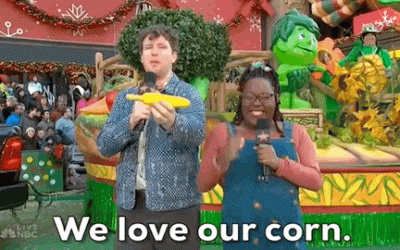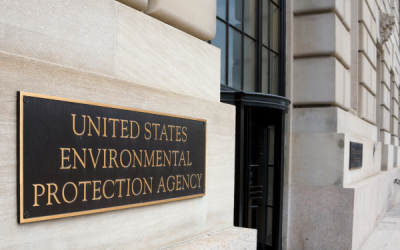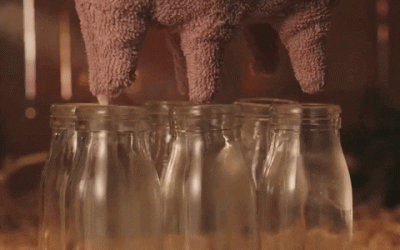Ag and biofuel groups sent up smoke signals in an outcry against the EPA’s final ruling for vehicle emissions. The groups say the final rule gears up electric vehicles and hangs renewable fuels out to dry.
The rule: The tighter emissions standard still allows manufacturers to produce gas-powered cars. But in order to meet the final rule, the industry would need 56% of new vehicle sales to be electric and 13% to be hybrids.
The EPA also says the new rule would bring lower healthcare costs, fewer deaths, and lower fuel, maintenance, and repair costs.
By the numbers:
- The rule could push more than ⅔ of the U.S. market to EVs by 2032
- New standards would reduce greenhouse gas emissions by 7.2B metric tons through 2055
- University of Nebraska-Lincoln noted the policy could reduce the price of corn by 50%
Ag outcry: Industry groups say the new ruling pushes biofuels to the side. The University of Nebraska-Lincoln research says the drop in corn demand from the rule could cause the top five corn-producing states to lose over $100B in farmland value.
Iowa senator Chuck Grassley noted his disapproval, pointing to a potential increase in the deficit. The Congressional Budget Office’s 10-year economic outlook took into account EV tax claims and a drop in gas revenue—yielding a $224B increase in the cumulative deficit.
Soundbite: “The American taxpayers have not voted for and can’t afford the EPA’s tailpipe standards.” — Grassley
Short Corn Packs a Punch
Dynamite comes in small packages—which can be true with new seed technology. What’s...
Congress to EPA: What’s Your BEEF with Meat Packers?
The Environmental Protection Agency (EPA) is considering new regulations that take aim at meat and poultry processors.
And some members of Congress have a BEEF with the EPA’s proposals.
The proposed rules: In late January, the EPA released the details of its proposed “Clean Water Effluent Limitations Guidelines and Standards for the Meat and Poultry Products Point source category.”
Huh?
Basically, the EPA formally published its proposals to combat wastewater contaminants that come from slaughterhouses.
Okay… that makes more sense.
At the heart of the rules proposal is a concern from environmental groups about nitrogen and phosphorus pollutants that originate from slaughterhouses. In some cases, the wastewater goes directly into waterways. In other cases, the water goes to municipal wastewater treatment facilities.
But not everyone is on board with the EPA’s suggestions…
Congress responds: Last week, two U.S. representatives—Eric Burlison (MO) and Ron Estes (KS)—pushed back against the EPA and introduced the “Banning EPA’s Encroachment of Facilities (BEEF) Act.” If passed and signed by President Biden, the law would prohibit the EPA from finalizing, implementing, or enforcing the rule.
According to the lawmakers, the proposed rules place undue burden on small processors—costs that can be absorbed by larger companies.
Soundbite: “The… proposed regulation isn’t just an attack on family-run small businesses, it’s an attack on rural communities,” said Burlison. “These meat and poultry processors are the lifeblood of our communities. The BEEF Act… lets these hardworking Americans do what they do best, produce safe, affordable food for our families.”
University of Illinois Makes Big Mooves in Milk Production
Pump it up: Scientists led by Matt Wheeler at the University of Illinois Urbana-Champaign are...




